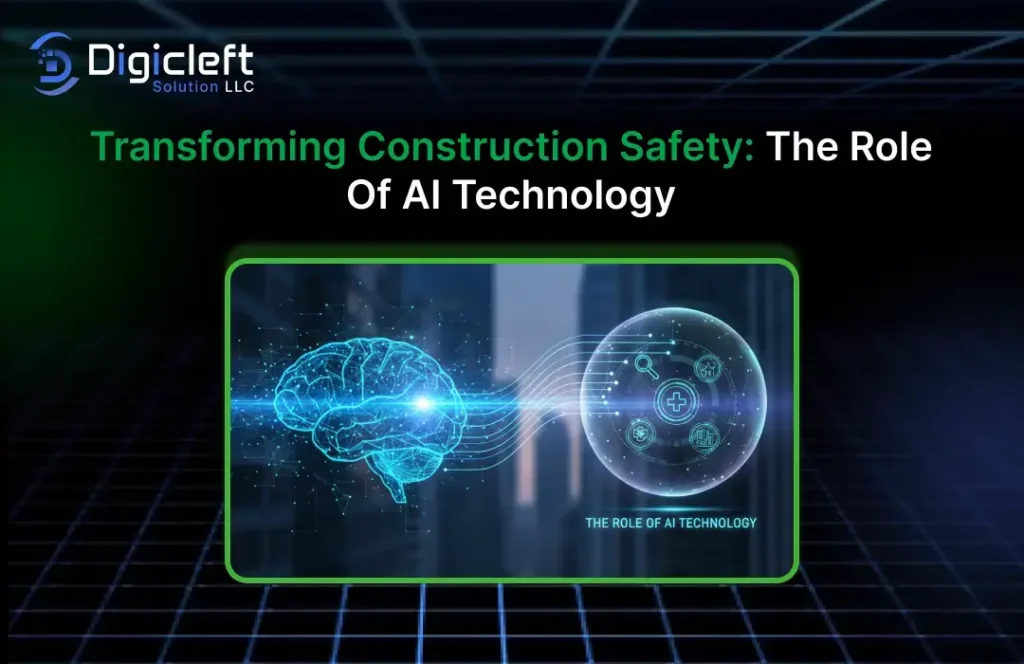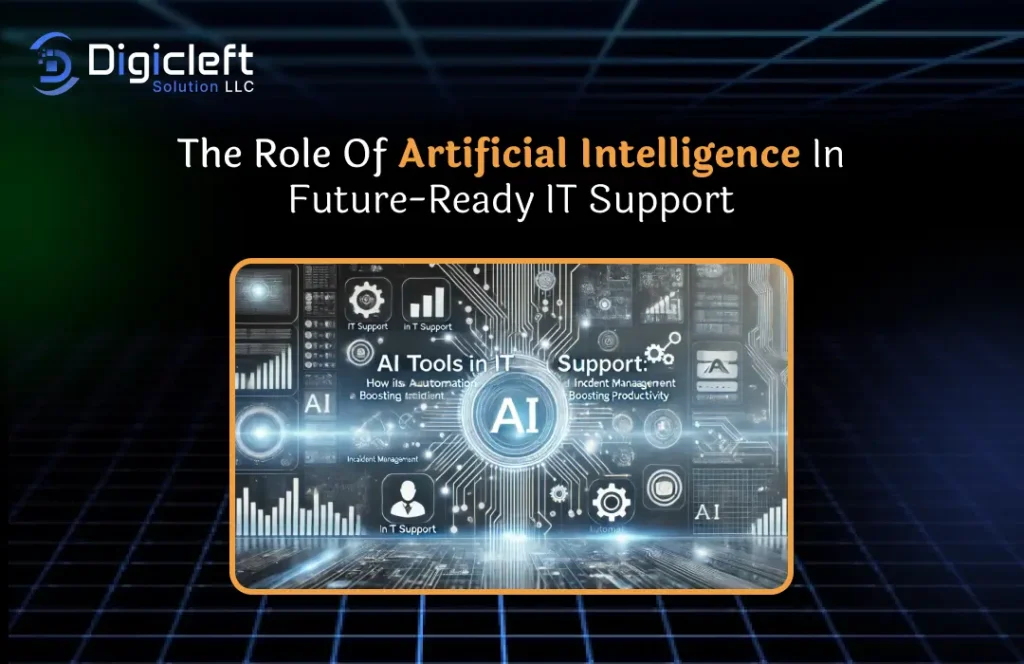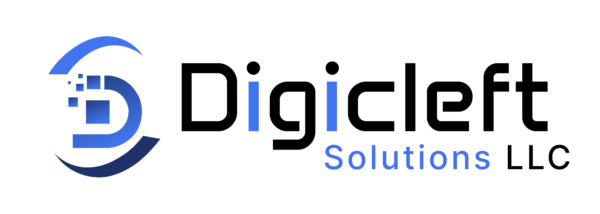
Construction sites are busy, noisy, and frequently dangerous. Heavy machinery, towering cranes, and workers juggling multiple tasks all at once make safety a constant concern. For decades, companies have relied on safety officers, manual inspections, and strict regulations to keep accidents in check. But let’s be real — human oversight can only go so far. This is where Artificial Intelligence (AI) steps in as a game-changer.
AI isn’t just another tech buzzword it’s actively reshaping how construction safety is managed, monitored, and improved. From predicting risks before they happen to detecting hazards in real time, AI Technology is giving safety teams new superpowers.
Current Challenges in Construction Safety
Common Hazards on Sites
Slips, trips, falls, electrocution, and equipment mishandling construction sites are full of risks. Even with strict safety guidelines, these hazards remain the leading cause of accidents worldwide.
Human Error and Its Cost
One moment of distraction can lead to life-threatening consequences. Studies show that human error accounts for nearly 70% of construction accidents. That’s a stunning number, especially considering how much is at stake.
Regulatory Pressures
Governments enforce strict safety norms, but compliance is expensive and time-consuming. Many companies struggle to meet expectations while keeping projects on schedule.
How AI is Revolutionizing Safety Practices
Real-Time Hazard Detection
Imagine cameras surveying the site 24/7, spotting unsafe behavior like workers without helmets or someone entering a restricted zone. That’s what AI-powered computer vision does acting as digital eyes to prevent accidents before they escalate.
Predictive Analytics to Prevent Accidents
AI Technology analyzes past incident data to predict potential hazards. For example, if certain weather conditions or equipment failures increase accident risks, AI alerts the team in advance like a crystal ball for construction safety.
AI-Powered Wearables and Smart Helmets
Workers can now wear helmets embedded with sensors that track fatigue, posture, and even exposure to hazardous gases. These wearables act like personal guardians, sending alerts when something seems off.

Practical Applications of AI in Construction Sites
Drone Surveillance and Site Mapping
Drones equipped with AI provide aerial views of construction sites, spotting unsafe areas faster than human inspectors. They also help in mapping hazardous zones workers should avoid entering.
Computer Vision for Worker Monitoring
AI cameras can detect if workers aren’t wearing proper gear or are standing too close to heavy machinery. Unlike human supervisors, AI Technology never gets tired or distracted.
IoT Sensors and Equipment Tracking
IoT devices powered by AI can track the health of machinery. Predictive maintenance reduces breakdowns that might otherwise put workers at risk.
Case Studies of AI in Action
Success Stories from Global Projects
Several large construction companies have reported up to 30% fewer accidents after implementing AI-driven safety measures. This isn’t science fiction — it’s happening right now.
How Digicleft Solution Implements AI in Safety
Digicleft Solution specializes in integrating AI Technology tools that enhance safety protocols. From deploying computer vision for real-time monitoring to providing AI-powered wearables, they help companies build safer environments without slowing down operations.
Benefits of AI-Driven Safety Systems
- Reduced Accidents and Injuries: AI detects hazards faster and with greater accuracy than manual inspections.
- Improved Productivity: Safer workers are more confident and efficient. Less downtime keeps projects on track.
- Cost Savings for Businesses: Lower insurance claims, fewer lawsuits, and reduced delays translate into massive financial savings.
Challenges and Concerns of AI in Construction Safety
Data Privacy Issues
With AI collecting so much data, there’s always the concern of misuse. Protecting worker privacy must remain a top priority.
Workforce Adaptation
Not every worker is comfortable with AI monitoring. Change management and proper communication are key to gaining acceptance.
High Initial Investment
The upfront cost of AI technology can feel daunting, especially for smaller companies. But the long-term benefits often outweigh the initial spend.
Future of AI in Construction Safety
Integration with Robotics
Robotic assistants guided by AI Technology could take over dangerous tasks like demolition or working in extreme environments.
AI-Powered Training and Simulation
Virtual reality combined with AI can simulate real-life hazards, helping workers practice safety without real risks.
Smart Cities and AI-Safe Infrastructure
As cities evolve into smart ecosystems, construction safety powered by AI Technology will become an integral part of building future-ready infrastructure.
How Businesses Can Start with AI Safety Solutions
Choosing the Right Tools
Not all AI Technology tools are created equal. Companies must assess which solutions best fit their safety needs.
Partnering with AI Experts like Digicleft Solution
Working with trusted experts ensures smoother integration and tailored safety strategies. Digicleft Solution, for instance, offers end-to-end AI safety implementation.
Training and Change Management
Workers need proper training to adapt to AI-powered systems. Creating awareness ensures smoother transitions.
Conclusion
AI Technology is no longer a futuristic dream — it’s here, actively making construction sites safer and smarter. While challenges like cost and privacy remain, the benefits far outweigh the downsides. With the right strategy and partners like Digicleft Solution, businesses can transform their safety standards and protect their most valuable asset their people.
FAQs
Q1: How does AI improve construction safety?
AI detects hazards in real time, predicts risks, and provides alerts to help prevent accidents before they occur.
Q2: Are AI safety tools expensive?
The initial investment may be high, but long-term savings in accident prevention and compliance far exceed the cost.
Q3: Can AI fully eliminate accidents?
No system can guarantee zero accidents, but AI Technology significantly reduces the chances of mishaps.
Q4: What role do drones play in AI safety?
AI-powered drones monitor sites from above, detecting unsafe areas and providing quick insights.
Q5: How can small companies adopt AI safety practices?
They can start small with AI wearables or monitoring systems and gradually scale with experts like Digicleft Solution.


